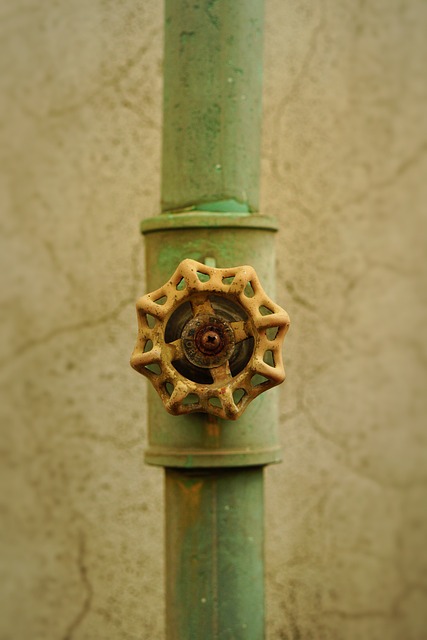Low water pressure in homes is commonly caused by clogs, leaks, outdated heaters, mineral buildup, and aging pipes. Regular inspections and proactive maintenance, including using water softeners or vinegar flushes, can prevent these issues. Identifying and addressing these causes effectively restores optimal water pressure and extends plumbing system lifespan.
Low water pressure can be a frustrating household issue, affecting everything from showering to doing laundry. Understanding the causes behind this problem is the first step in addressing it effectively. From aging plumbing systems and mineral buildup to leaky faucets and external factors like peak water demand, this article explores the diverse causes of low water pressure. We break down common domestic issues, external influences, and diagnosis methods, offering practical solutions for restoring optimal water flow.
- Common Domestic Causes of Low Water Pressure
- – Aging plumbing systems
- – Mineral buildup and scale in pipes
Common Domestic Causes of Low Water Pressure

Low water pressure in your home can be frustrating, but there are several common domestic causes that often go unnoticed. One of the primary issues is partial or complete clogs in pipes leading to water heaters and fixtures. Over time, mineral deposits, grease, and hair buildup inside pipes can restrict water flow, resulting in reduced pressure at taps and showers. Another factor could be faulty aerators on faucets; these devices mix air with water, but if they’re damaged or improperly installed, it can decrease the overall pressure.
Leaky pipes are also a significant contributor to low water pressure. Even small leaks can lead to substantial water wastage over time, reducing the total water available for distribution throughout your home. Additionally, outdated or faulty water heaters may not be able to maintain adequate pressure due to issues like insufficient heating elements or improper temperature settings. Identifying and addressing these causes is crucial in restoring optimal water pressure in your household.
– Aging plumbing systems

Aging plumbing systems are one of the leading causes of low water pressure in homes and buildings. Over time, pipes can corrode, rust, or become crushed, resulting in restrictions that limit the flow of water. Old fixtures and valves may also be culprits, as they can develop leaks or fail altogether, further reducing water pressure. As plumbing ages, it becomes more susceptible to damage from root intrusions, shifting soil, and even changes in water temperature, all of which can contribute to reduced water pressure.
Regular maintenance is key to preventing these issues. Homeowners should schedule professional inspections every few years to assess the condition of their plumbing systems. During these inspections, professionals can identify potential problems early on, such as corroded pipes or faulty valves, and make repairs before they lead to significant drops in water pressure. By addressing aging plumbing proactively, folks can ensure consistent water pressure and avoid costly emergency repairs.
– Mineral buildup and scale in pipes

Mineral buildup and scale in pipes are among the leading causes of low water pressure. Over time, hard water, rich in minerals like calcium and magnesium, can leave behind a white, powdery residue known as scale. This buildup occurs not just on the inside walls of pipes but also on fixtures like faucets and showerheads. The result is narrowed passageways through which water flows, leading to reduced pressure at your taps. Regular cleaning or scaling solutions may help alleviate this issue, but in severe cases, pipe replacement might be necessary.
Understanding these causes of low water pressure is crucial for homeowners looking to address the problem effectively. Preventive measures, such as using water softeners or regular flushes with vinegar, can help mitigate mineral buildup. By taking proactive steps, you not only improve water pressure but also extend the lifespan of your plumbing system.
Understanding the underlying causes of low water pressure, such as aging plumbing or mineral buildup, is key to addressing the issue effectively. By identifying these problems early, homeowners can prevent more severe damage and ensure optimal water flow for their daily needs. Regular maintenance and prompt repairs are essential to keeping your plumbing system running smoothly and efficiently.
